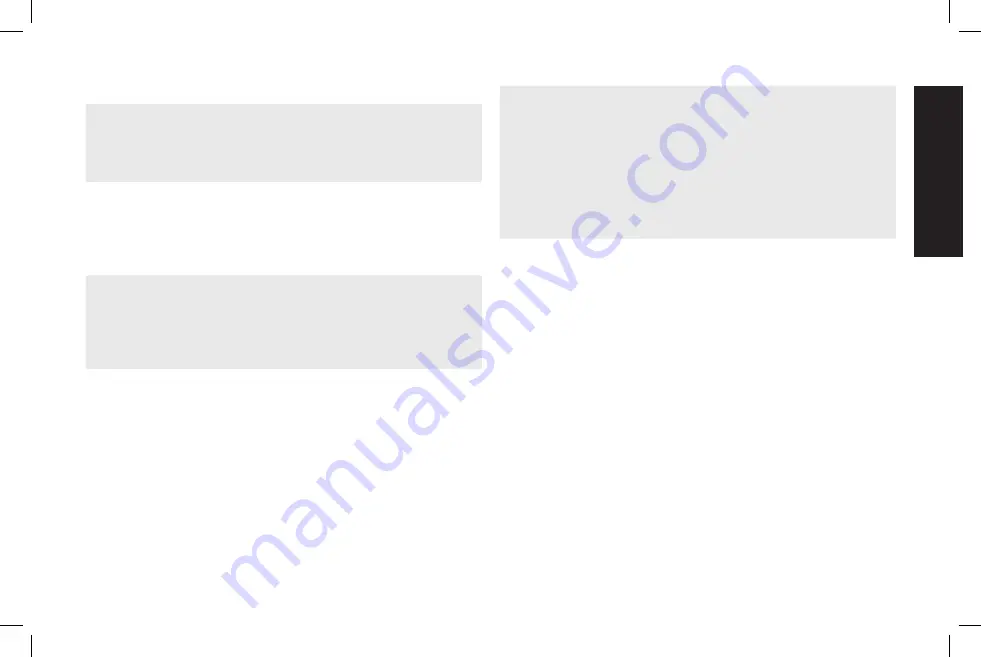
7
English
WHAt CAn HAPPen
HoW to PreVent It
• Failure to properly drain
condensed water from
air tank, causing rust and
thinning of the steel air tank.
• Drain air tank daily or after each
use. If air tank develops a leak,
replace it immediately with a
new air tank or replace the
entire compressor.
• Modifications or attempted
repairs to the air tank.
• Never drill into, weld or make
any modifications to the air
tank or its attachments. Never
attempt to repair a damaged or
leaking air tank. Replace with a
new air tank.
• Unauthorized modifications
to the unloader valve,
safety valve, or any other
components which control air
tank pressure.
• The air tank is designed
to withstand specific
operating pressures. Never
make adjustments or parts
substitutions to alter the factory
set operating pressures.
• Excessive vibration can
weaken the air tank and
cause rupture or explosion.
Excessive vibration will
occur if the compressor is
not properly mounted or
if engine operates above
recommended RPM.
• Do not remove the stiffener bar
connecting the compressor
pump to the engine, except
to adjust belt tension. Then
securely tighten the stiffener
bar bolts. This bar controls unit
vibration.
Attachments & accessories:
• Exceeding the pressure rating
of air tools, spray guns, air
operated accessories, tires
and other inflatables can
cause them to explode or
fly apart, and could result in
serious injury.
• Follow the equipment
manufacturers recommendation
and never exceed the maximum
allowable pressure rating
of attachments. Never use
compressor to inflate small
low pressure objects such
as children’s toys, footballs,
basketballs, etc.
tires:
• Over inflation of tires could
result in serious injury and
property damage.
• Use a tire pressure gauge to
check the tires pressure before
each use and while inflating
tires; see the tire sidewall for
the correct tire pressure.
note: Air tanks, compressors and
similar equipment used to inflate
tires can fill small tires similar to
these very rapidly. Adjust pressure
regulator on air supply to no more
than the rating of the tire pressure.
Add air in small increments and
frequently use the tire gauge to
prevent over inflation.








































